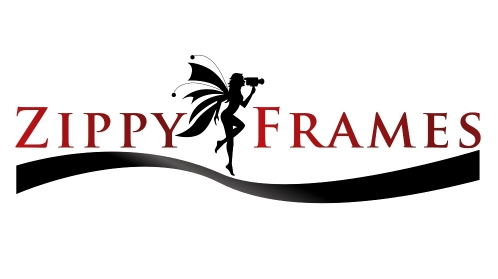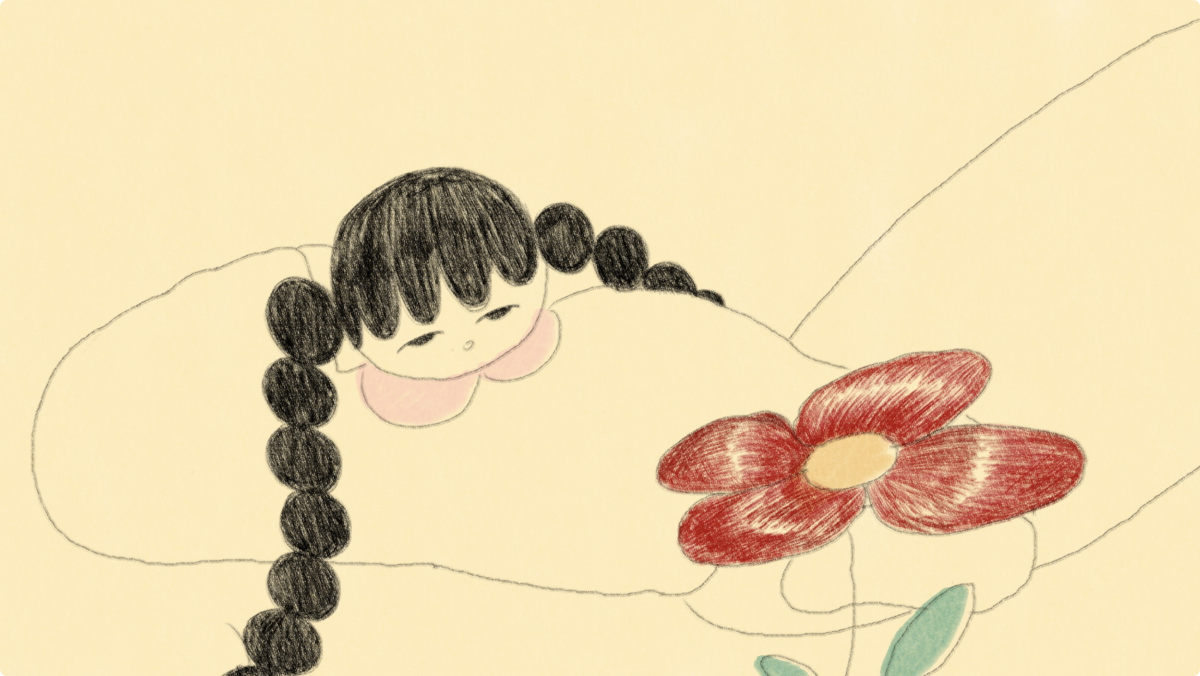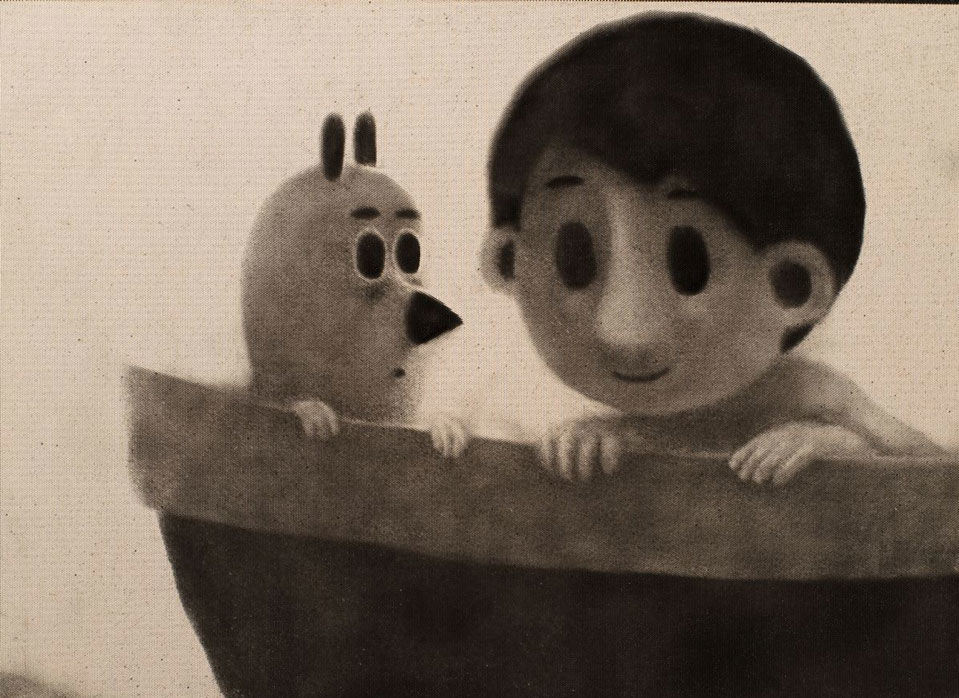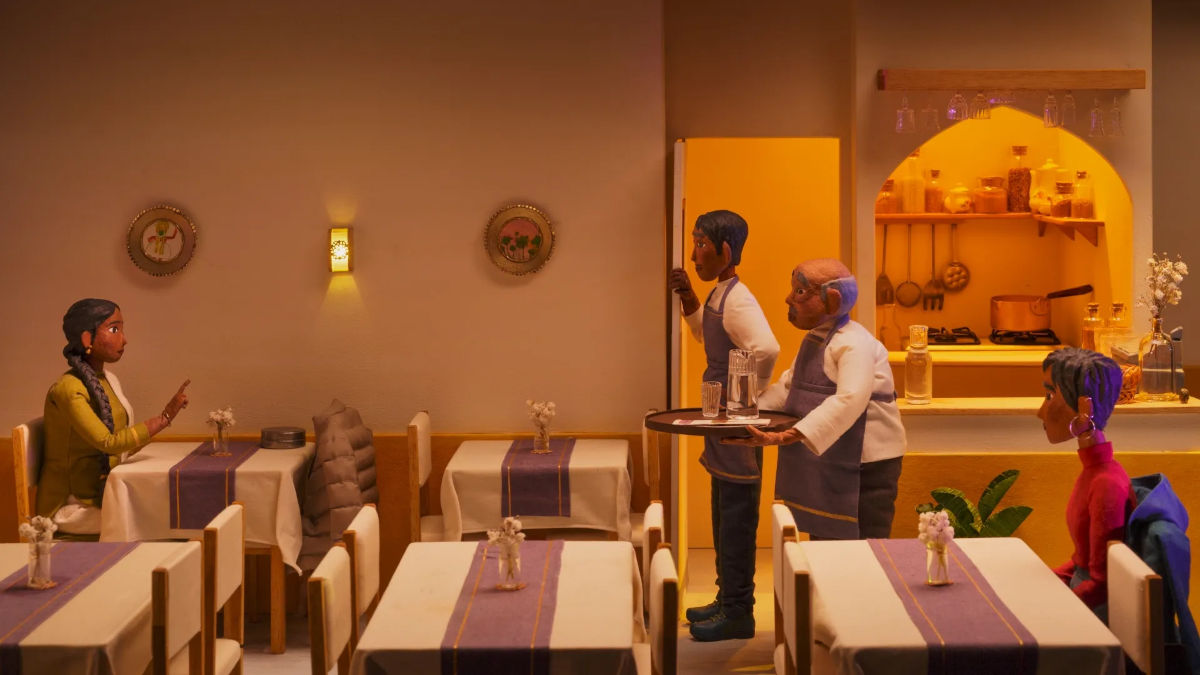‘Rock Bottom’ (2024): San Sebastián Film Review
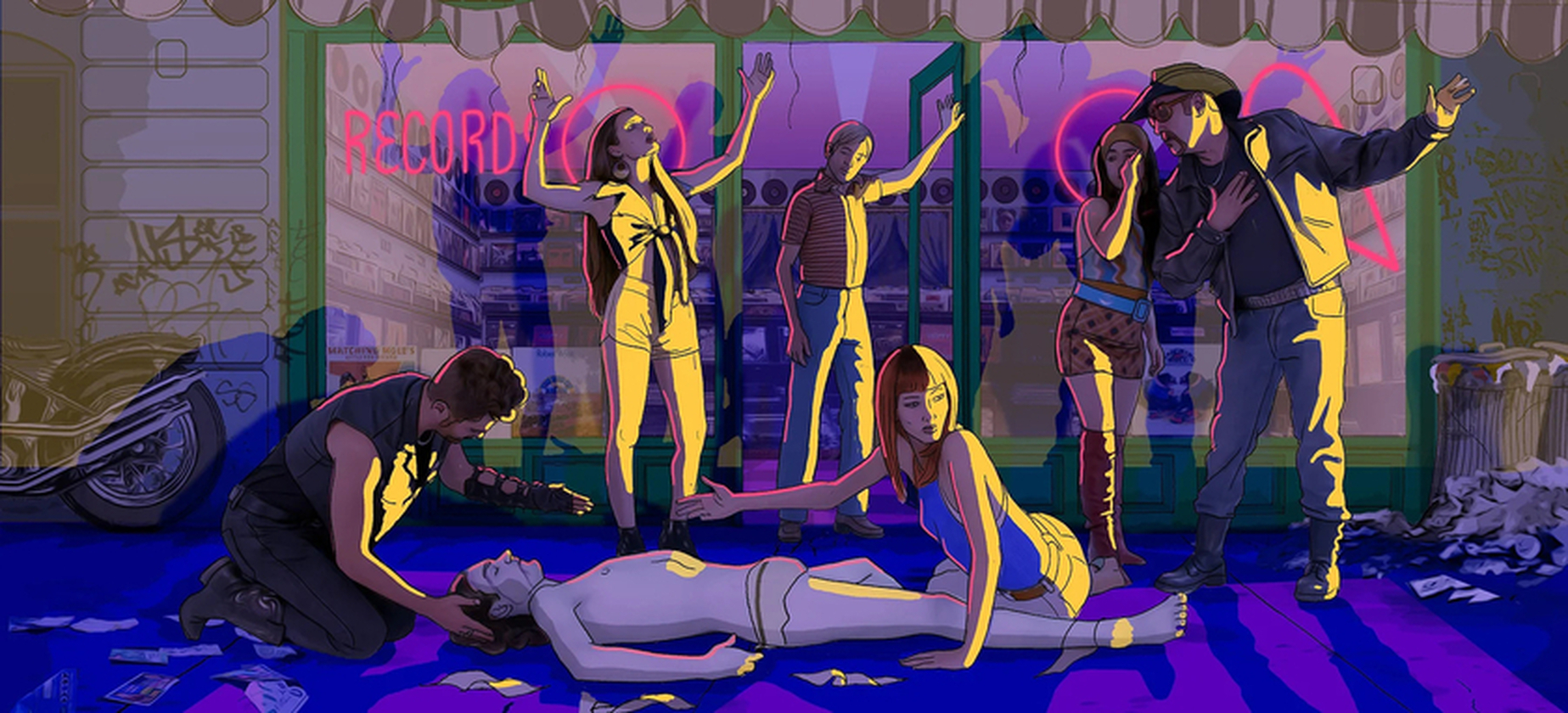
Nearly everyone has heard of Pink Floyd, but unless you grew up exposed deeply to the Canterbury underground music scene of the ‘60s and ‘70s, you've probably never heard of Robert Wyatt. Spanish animator María Trénor wants to change this with her animated musical acid trip, 'Rock Bottom', inspired by the life of the drummer-cum-singer and named after Wyatt’s 1974 album, produced by Pink Floyd percussionist Nick Mason. 'Rock Bottom' screened in San Sebastián International Film Festival's Made in Spain section after world-premiering in the main competition at Annecy and a work-in-progress introduction at Cartoon Movie. At Annecy, Trénor became the first female Spanish filmmaker to land in the animation festival’s primary competition strand.
In this partly experimental debut feature for which she served as writer, director, and art director, Trénor focuses on the musician’s short stint in Mallorca before he became paralyzed when he fell from a window in New York in 1973. Wyatt’s English jazz-rock band Soft Machine grew up alongside Pink Floyd in the UK’s underground psychedelic music scene, but they never managed to achieve the skyrocketing legendary fame of the latter. The film is also filled with arrangements of songs by Wyatt, complemented with songs composed by José Sepúlveda.
The film starts with Wyatt — known as Bob — entering a hippie gathering, where he mourns the recent breakup with his partner Alif (Austrian-born British artist Alfreda Benge, who eventually became his wife). While Bob heads to the bathroom to sleep with another woman, Alif arrives at the building and searches for Bob. Panicked, nude, and in a drug-addled state, he climbs out the window and is startled, eventually falling from its narrow ledge in a dramatization of his accident. As Bob is towed to the hospital, this expository 20 minutes leads into the bulk of the film, which takes place in a long flashback during our protagonist's complex and rocky relationship with Alif while in Mallorca.

"If we stay together, we’ll destroy each other,” says Alif, which quickly becomes the film’s overall theme. Bob is more concerned about getting high by himself and going off on musical tangents with self-style hippies, while Alif works on a film and begins to suffer from withdrawals. Bob is, frankly, not that interesting of a character, and it grows harder to root for him as he grows less caring about what happens to Alif. In the vein of famed hippie counterculture rock musical 'Hair', the film, too, prioritizes style over narrative.
However, just as the story falls flat, the visuals shine. The film ultimately becomes Trénor’s blank canvas for experimentation with an outcome that allows the animator to demonstrate her creative abilities. Her predominantly 2D rotoscoped style evokes a mid-century comic strip style — or perhaps more popularly, the satirical pop art of artists like Roy Lichtenstein. She accomplishes the very tricky task of making her vivid and detailed rotoscoped scenes burst with energy — they seem to pop out of the screen. She does not stick only with realism in her color palette, turning to neons and vibrant hues to make moments even in the dark, glow with life. Scenes with mountain landscapes and those underwater too shine brightly with this style, with the animator maxing out the technique’s potential.
But Trénor doesn’t stop there. The filmmaker also indulges in a smorgasbord of animation styles throughout the film to reflect Bob’s dual counterculture lifestyle and his deteriorating personal state. As Bob’s money runs out and his relationship with Alif breaks down, Trénor mixes in sequences of stop-motion painting, illustration, watercolor, and photography, sometimes with the frame cropped down to almost a square. The film devolves into hallucinatory swirls of color and layered hand-drawn animation that takes on an extremely abstract character.
The fundamental flaw of the film's narrative is its lack of contextualization, which drags down such a deeply niche story for audiences that may struggle to follow the idea that each of the film’s elements acts as a tribute to the musician himself, even in their most abstract. For instance, in the last third of the film, the dialog devolves into even more abstract forms, where characters sing-speak in cryptic poetics. This is drawn from Wyatt’s own “nursery rhyme” and experimental lyrical styles but appears more like gibberish in the film. The film thus becomes difficult to follow in a meaningful way, but maybe 'Rock Bottom' is better viewed while high — which, truth be told, isn’t necessarily a bad thing as inspired by the film’s own free-spirited storyline.
The 2024 San Sebastián International Film Festival took place between 20 and 28 September 2024.
